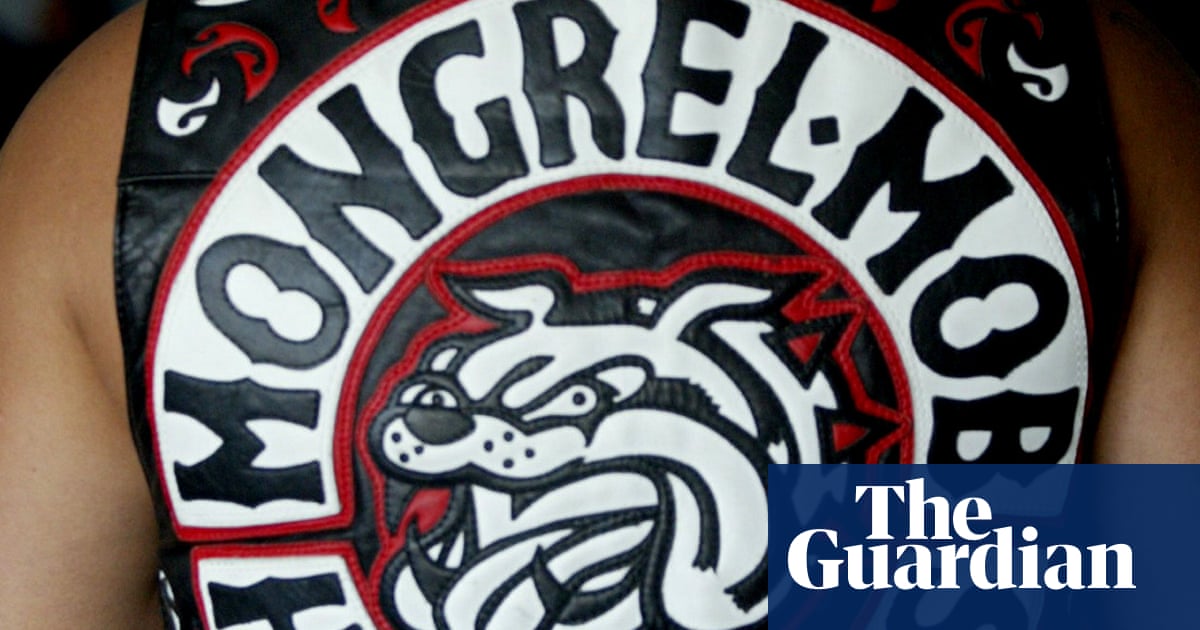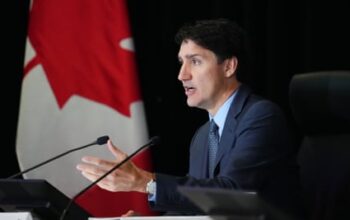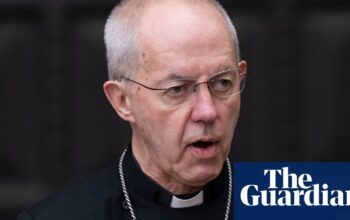
The proposed crackdown on gang activity by the incoming government in New Zealand may require gang members to conceal offensive tattoos using makeup.
On Thursday, Mark Mitchell, the police spokesperson for the National party, stated to RNZ (the national broadcaster) that if their ban on gang patches, which are large symbols sewn onto jackets, is not effective, they may require gang members to cover their facial tattoos with foundation or face being arrested.
Mitchell stated that if gangs attempt to evade a ban on gang patches by displaying swastikas and offensive tattoos on their faces, measures will be taken to prevent this behavior.
The recent general election resulted in the National party replacing Labour, however the transfer of power may be delayed as all votes have not been tallied and negotiations for a coalition government are ongoing.
In 2021, Mitchell mentioned the ban on gang tattoos in Western Australia, which permitted gang members to conceal them with cosmetics.
According to Mitchell, in Australia, there are senior gang members who have to put on foundation every morning.
Mark Lauchs, an Associate Professor at Queensland University of Technology who specializes in researching New Zealand and Australian gang activity, expressed doubts about the proposal’s efficacy. He pointed out that no other state in the country has adopted a similar ban to Western Australia’s.
Lauchs stated that there is a threshold where policies become malicious laws, using the example of Western Australia’s tattoo prohibition and a proposal in Queensland to make incarcerated gang members wear pink jumpsuits.
According to Lauchs, the proposed pink jumpsuits, aimed at shaming gang members instead of promoting public safety, were never put into action. The intention of anti-gang laws is to increase public safety.
The New Zealand law enforcement may face challenges in distinguishing between gang tattoos and cultural tattoos, particularly for Māori individuals. This is due to the revival of traditional facial tattoos, known as moko, in recent times.
“What differentiates a Mongrel Mob tattoo from a cultural tattoo of an individual who has joined the Mongrel Mob?” Lauchs questioned. “This could potentially create confusion and debate.”
For many years, gangs have been present in New Zealand. According to recent data from the Gang Harm Insights Centre of the police, there are approximately 8,870 members spread across 33 different gangs.
The Mongrel Mob, the largest gang in the country, is often seen in various provincial towns and cities. It is typical for members to sport insignia, such as bulldogs, permanently inked on their faces.
The role of gangs in New Zealand is multifaceted. While they may contribute to violence and criminal activity, they also have the potential to positively impact their communities.
The National party is suggesting the expansion of police search authority, which would eliminate the need for a court-issued warrant. They also aim to prohibit gang-related content on social media and grant police the ability to give verbal commands to disperse gang members from communicating with each other.
Mitchell stated that the police would need to take action, such as making arrests, in order to convey the seriousness of preventing gang members from meeting.
Source: theguardian.com


